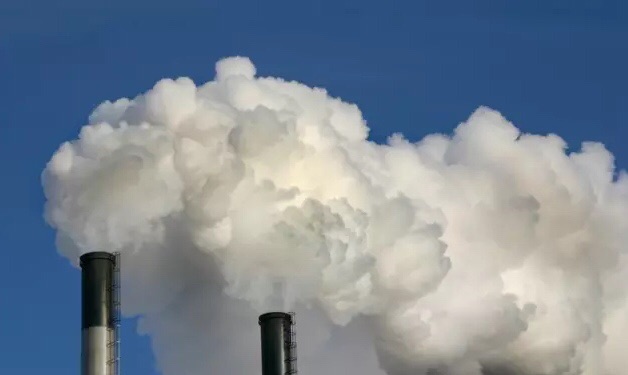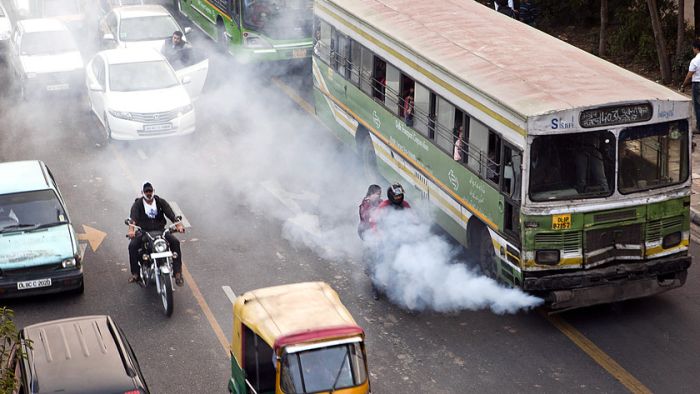Air Purifier News
Air purifier market to pick up—— online sales will continue to grow
The Ministry of environmental protection 16 days to report, expected in November 16th this year to 20, North China, Huang Huai, Guanzhong area will appear heavy pollution, large range of air is expected to Beijing, Tianjin, the air quality in southern Hebei province and other regions will reach 4 consecutive days of severe pollution, part of the city in a certain period of time will be seriously polluted.
Insiders said that in recent years, frequent haze that city residents gradually increasing demand for air purifiers, air purification products from niche consumer to public view, is expected to air purifier market will show a clear warming trend this year, the overall demand is expected to show rapid growth. The PRC is expected this year, air purifier products retail volume and retail sales year-on-year growth will reach 19.3% and 23.6%.
Data show that in October this year, online air purifier sales reached 244 thousand units, an increase of  118.1%, growth of 21.5%. and an air purifier, in November 11th reached 620 million yuan of sales, an increase of 113.1%. from the product structure, with high particle air filter function products accounted for the highest, reaching 85.9%. from the price distribution, 2000 yuan to 2999 yuan are most favored by consumers, sales accounted for more than 29.7%. air purifier in the western developed countries in high penetration. American household penetration rate of 27%, Canada, Italy, Japan and other countries of the popularity rate is above 20%. The popularity of China’s air purifier ownership rate is less than 1%. A huge room for improvement.
118.1%, growth of 21.5%. and an air purifier, in November 11th reached 620 million yuan of sales, an increase of 113.1%. from the product structure, with high particle air filter function products accounted for the highest, reaching 85.9%. from the price distribution, 2000 yuan to 2999 yuan are most favored by consumers, sales accounted for more than 29.7%. air purifier in the western developed countries in high penetration. American household penetration rate of 27%, Canada, Italy, Japan and other countries of the popularity rate is above 20%. The popularity of China’s air purifier ownership rate is less than 1%. A huge room for improvement.
In recent years, China’s air purifier industry to maintain rapid growth, the industry average annual growth rate of sales reached 47.7%, sales amount reached an average annual growth rate of 43.1%. growth momentum agencies believe that air purifier main source of the rapid rise in electricity, accelerate the air purifier market sales channels change. At present, the young consumer market is becoming the main force of consumption, 52.2% of consumers online buy air purifier products, the consumer demand directly stimulating the online retail market scale. From January to May this year, China’s air purifier market online retail accounted for more than 54%, is expected to online retail sales accounted for this year is expected to reach 61%. in addition, the new national standard air purifier landing will also bring to the market expansion opportunities. This year, the new national standard in March 1st the formal implementation of the air purifier, air purifier brands have large layout, clean air output ratio (Cadr) production Product will grow rapidly, the future will become the main battlefield of the air purifier market.







 “I bought an air purifier and masks primarily because of my children. My son and daughter were complaining about discomfort in breathing after Diwali night,” says Prasanna Singh, a resident of Alakhnanda in South Delhi. However, he’s clueless about the effectiveness of the masks and air purifier. He adds,
“I bought an air purifier and masks primarily because of my children. My son and daughter were complaining about discomfort in breathing after Diwali night,” says Prasanna Singh, a resident of Alakhnanda in South Delhi. However, he’s clueless about the effectiveness of the masks and air purifier. He adds,